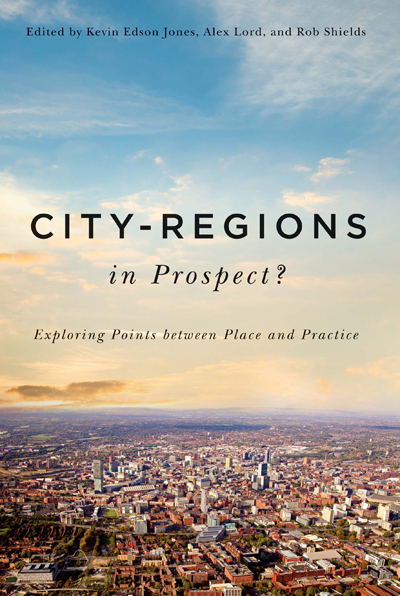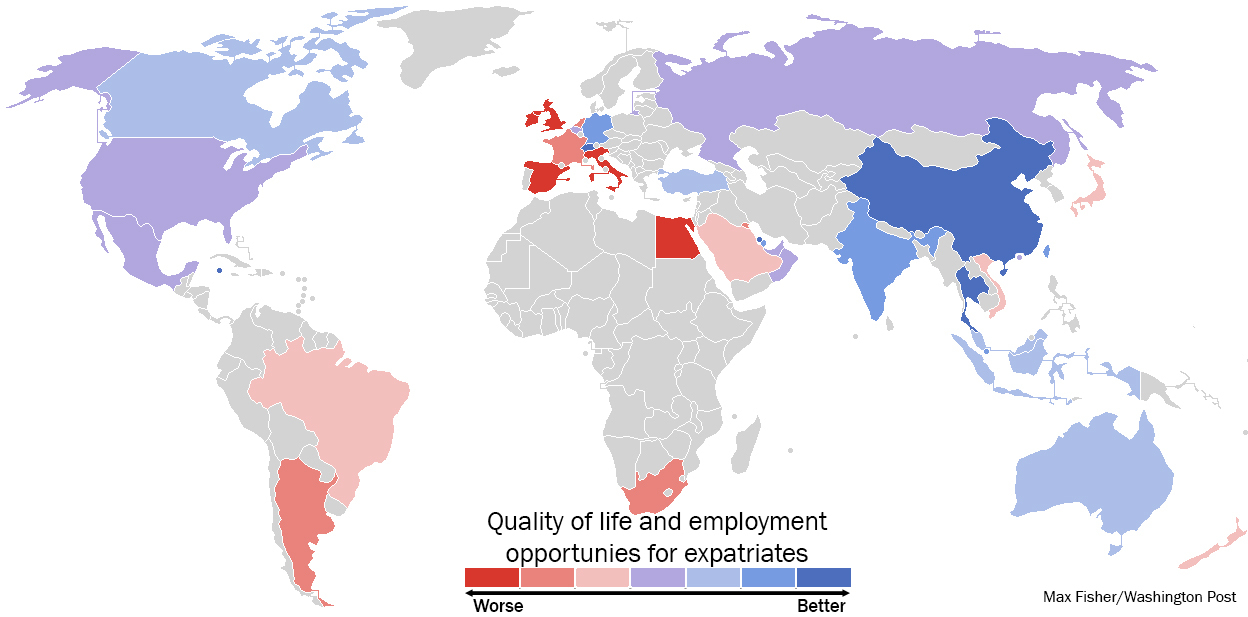


Almost 2 billion people depend on health care facilities without basic water services ( WHO/UNICEF 2020).2.2 billion people lack access to safely managed drinking water services.Together, they are vital for reducing the global burden of disease and improving the health, education and economic productivity of populations. In particular, women and girls must have access to clean, private sanitation facilities to manage menstruation and maternity in dignity and safety.Īt the human level, water cannot be seen in isolation from sanitation. As the global population grows, there is an increasing need to balance all of the competing commercial demands on water resources, so that communities have enough for their needs. Water is also at the heart of adaptation to climate change, serving as the crucial link between society and the environment.

Water is at the core of sustainable development and is critical for socio-economic development, energy and food production, healthy ecosystems and for human survival itself.


 0 kommentar(er)
0 kommentar(er)
